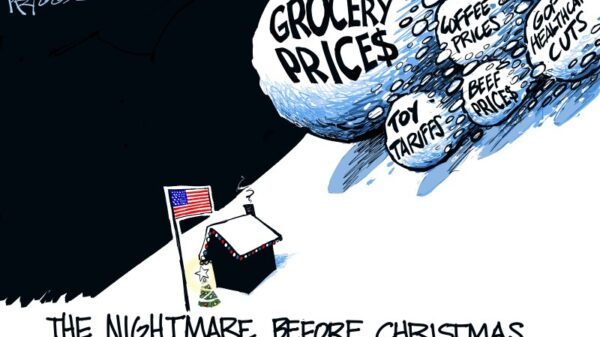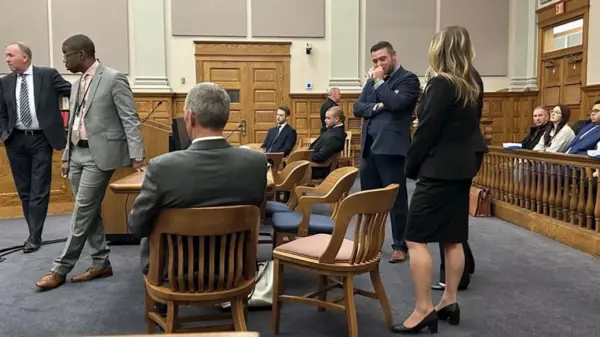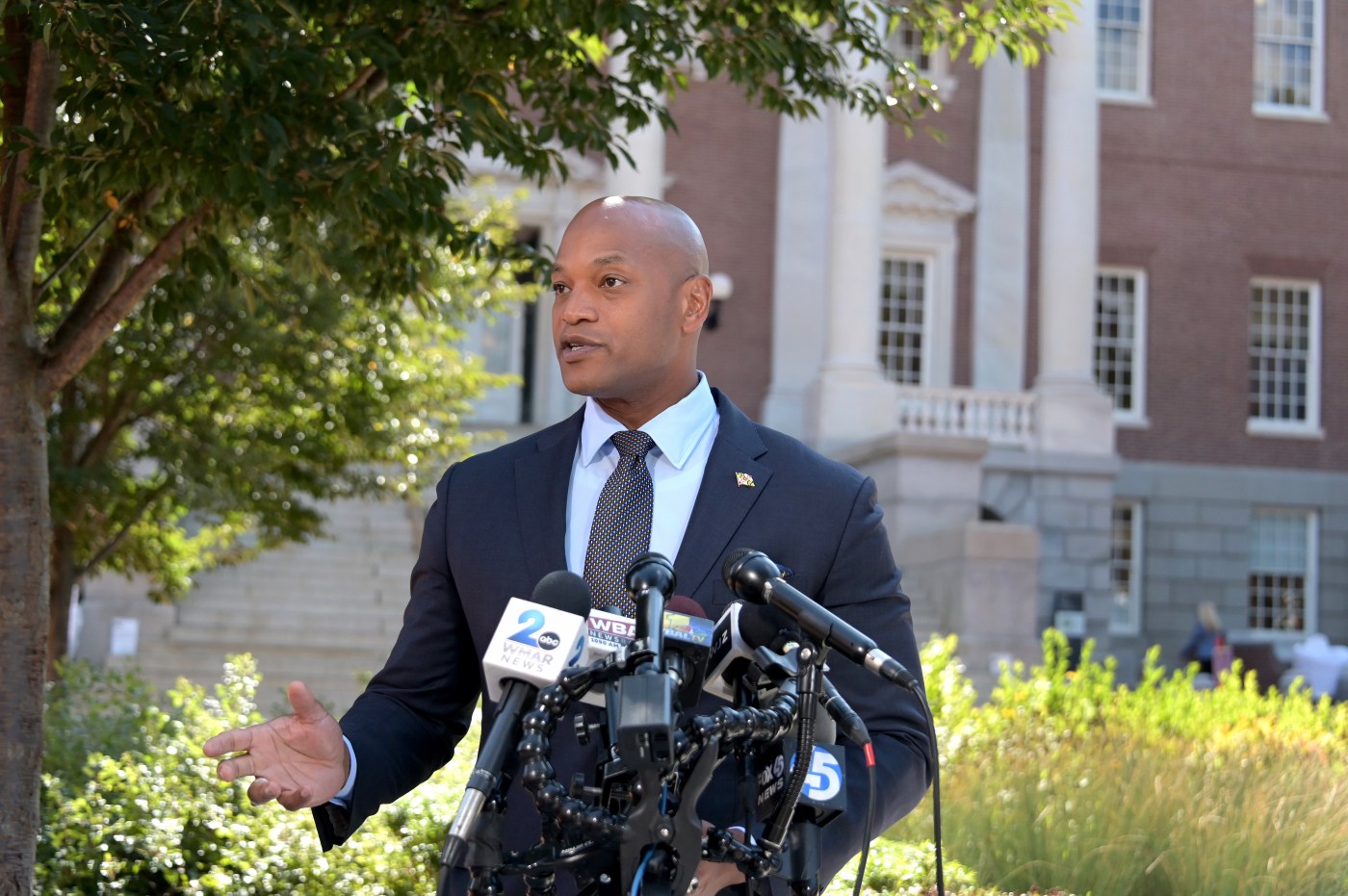Maryland Governor Wes Moore has voiced support for a federal tax credit program that allows families to receive up to $1,700 for donations to organizations that provide scholarships for private school education. This proposal comes amid ongoing discussions regarding the effectiveness of public education in the state, particularly as many students continue to struggle academically.
The debate surrounding this tax credit should not be viewed as a critique of Maryland’s public schools. While the state is home to many dedicated public-school educators, recent statistics reveal that only 51% of students are proficient in English Language Arts and a mere 27% achieve proficiency in mathematics. These figures highlight that, despite the commendable efforts of teachers, public education is not meeting the needs of every child in Maryland.
Addressing Educational Diversity
Moore’s stance emphasizes the importance of offering diverse educational options. He advocates for an “all of the above” strategy, similar to his approach to public safety and energy. This philosophy suggests that education should not be limited to one model but should include various methods to cater to individual student needs.
Critics of school choice, such as the Maryland State Education Association (MSEA), argue against the tax credit on the grounds that it might divert funds from public schools. MSEA’s opposition stems from a desire to maximize enrollment in public institutions, which directly impacts job security for its members. Nonetheless, it is important to consider that traditional school choice programs can indeed lead to financial challenges for public schools, as funding typically follows the student to their new institution.
For example, costs associated with operating a school, such as transportation and maintenance, do not necessarily diminish when student numbers decline. A bus route remains the same cost regardless of whether it serves 50 or 12 students, and heating expenses remain constant even if classrooms are left empty. As a result, public schools may struggle to cover fixed costs when enrollment decreases.
Exploring Solutions for Funding
The introduction of the tax credit program offers a potential solution to these challenges. Unlike traditional school choice programs, the funding for scholarships will come from private donations rather than state sources, meaning that current state expenditures per student will not be redirected to private schools. In Maryland, the average annual expenditure per public school student is $18,500. By allowing a portion of this funding to remain with the school districts when students transfer to private schools, districts can mitigate the financial impact of declining enrollment.
Public sentiment appears to favor this initiative. A Gonzales Research poll conducted in January found that 74% of Maryland residents support providing families in underperforming public schools with the opportunity to enroll elsewhere. This suggests that opposition to school choice may not align with the views of the majority of Marylanders.
Despite the MSEA’s influence in the education sector, it is essential for Governor Moore to evaluate the broader needs of Maryland families. The opposition claims that the tax credit fosters abandonment of public education, but many families may seek alternatives for reasons unrelated to financial incentives.
As a personal account, one parent shared their experience with private schooling, noting that their daughter is thriving in an environment that better suits her needs. The commitment of private educators, despite often lower salaries and fewer benefits, underscores the potential benefits of school choice.
While supporting public education is vital, it is equally important to recognize that private schools can offer valuable opportunities for some children. Opting into the tax credit program would not resolve all of Maryland’s educational challenges but could provide significant benefits for students who would thrive better in different settings.
Ultimately, if Governor Moore collaborates with the legislature to address concerns about potential funding losses, participating in the tax credit program could open new avenues for educational access without placing additional burdens on public schools. As the conversation around education continues, it is crucial for state leaders to consider the needs and preferences of all Maryland families.






































































